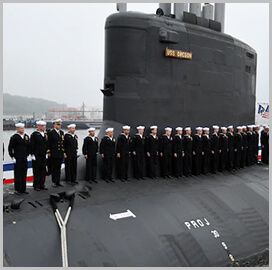President Biden said his administration will provide Ukraine with “more advanced rocket systems and munitions” to help its people counter Russia’s invading forces and continue working with allies and partners on Russian sanctions.
Some of the weapon systems that the U.S. will continue providing Ukraine are Stinger anti-aircraft missiles, radars, Javelin anti-tank missiles, artillery and precision rocket platforms, Mi-17 helicopters, ammunition and unmanned aerial vehicles.
Biden wrote in a guest essay published Tuesday in The New York Times that the U.S. is not seeking a war between NATO and Russia and will not attempt to bring about the ouster of Russian President Vladimir Putin in Moscow.
“So long as the United States or our allies are not attacked, we will not be directly engaged in this conflict, either by sending American troops to fight in Ukraine or by attacking Russian forces,” the president wrote.
“We are not encouraging or enabling Ukraine to strike beyond its borders. We do not want to prolong the war just to inflict pain on Russia,” he added.
Biden said the U.S. will continue to provide Ukraine congressionally authorized-financial assistance, address the global food crisis, help European allies reduce their reliance on Russia’s fossil fuels and reinforce NATO’s eastern flank.
He also explained the move of the U.S. to stand by Ukraine and shared his thoughts on the use of nuclear weapons.









